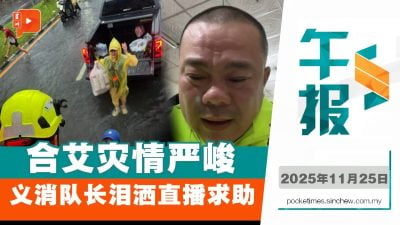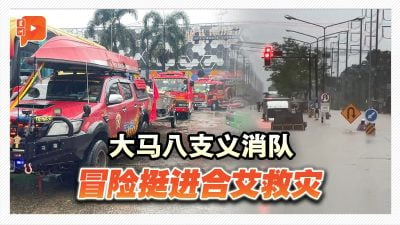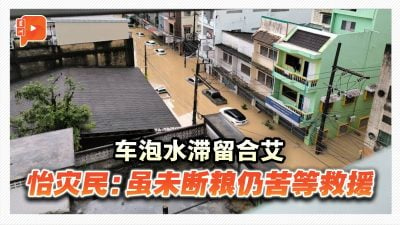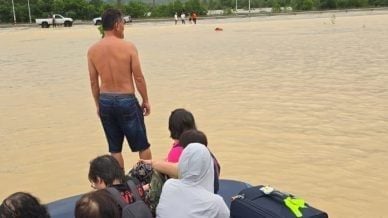BANGKOK: Thailand’s economy expanded by 2.6 percent last year on the back of a tourism recovery and strong consumer confidence but an export slowdown dragged on growth, officials said Friday.
The figure was below expectations and followed 1.5 percent growth the previous year.
Southeast Asia’s second-largest economy ran out of steam in the fourth quarter with only 1.4 percent growth year on year, down from 4.6 percent in the previous quarter, according to Thailand’s National Economic and Social Development Council.
“The growth was driven mainly by the tourism recovery and continual improvement of domestic demand in both private consumption and investment,” the council said.
Border restrictions during the coronavirus pandemic battered the kingdom’s key tourism industry, which previously contributed around a fifth of national income.
While visitor numbers are steadily increasing again with 11.2 million international arrivals last year, the number is a far cry from the 40 million recorded in 2019.
Thailand is now banking on a return of tourists from China, which was previously the biggest source of visitors.
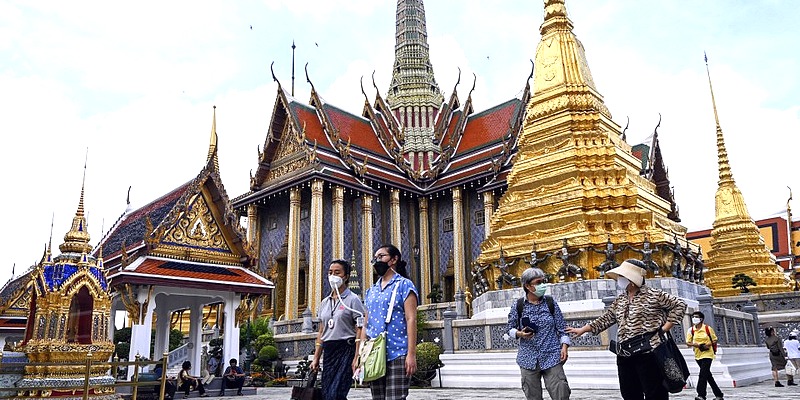
Across other sectors, goods exports were sluggish in the fourth quarter following weaker demand from the United States and Europe.
Headline inflation stood at 6.1 percent in 2022, but private consumption still expanded 6.3 percent through the year.
The council is forecasting the Thai economy will expand by between 2.7 and 3.7 percent this year.
Kiatnakin Phatra Securities chief economist Pipat Luengnaruemitchai said the data showed Thailand is experiencing an uneven economic recovery.
“People expected 3.5 percent growth on the back of a strong tourism recovery,” he told AFP.
But the tourism revival might be concentrated in Bangkok, Phuket, Pattaya and Chiang Mai, he added.
“The rest of the country will continue to face a sluggish recovery,” Pipat said.
The slowdown in exports formed part of a global trend, he added.
“The strong Thai currency doesn’t help much” and coming Thai elections expected around May could create uncertainty and spur investors and consumers to take a “wait-and-see” approach.
ADVERTISEMENT
ADVERTISEMENT








